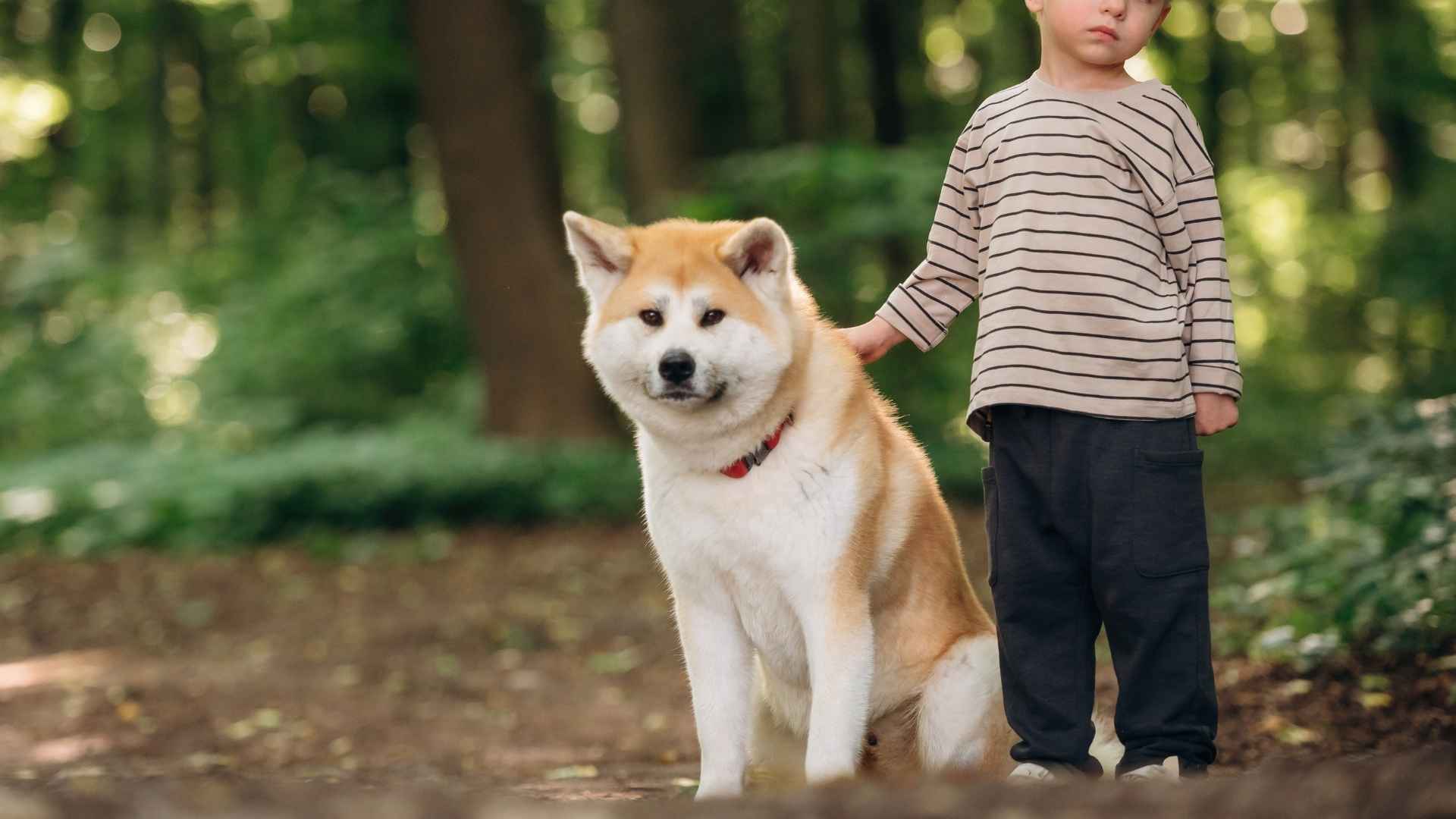When choosing a dog for your family, especially one with children, striking the right balance between protection and peace is key. While we all want a loyal companion who can alert us to danger, not everyone dreams of a dog that sounds the alarm every time a squirrel blinks. For families with young kids—or those living in noise-sensitive spaces—finding a breed that offers both a watchful eye and a quiet mouth can make all the difference.
Dogs naturally bark to express excitement, concern, or just plain boredom, but some breeds are more inclined to vocalize than others. And when it comes to guarding children, loud doesn’t always mean better.
In fact, certain protective breeds instinctively keep their cool until action is necessary, making them ideal for homes where calm is just as valued as security. These dogs offer a reassuring presence without the constant chorus.
Whether you’re navigating apartment living, trying to keep naptime sacred, or just want a little less noise in your day, you’re in luck. There are several breeds that check all the right boxes: loyal, protective, child-friendly, and refreshingly quiet. Let’s explore the best guard dog breeds for families that want safety without the sound.
Guard Dog Breeds for Kids That Don’t Bark Much
1. Bernese Mountain Dog
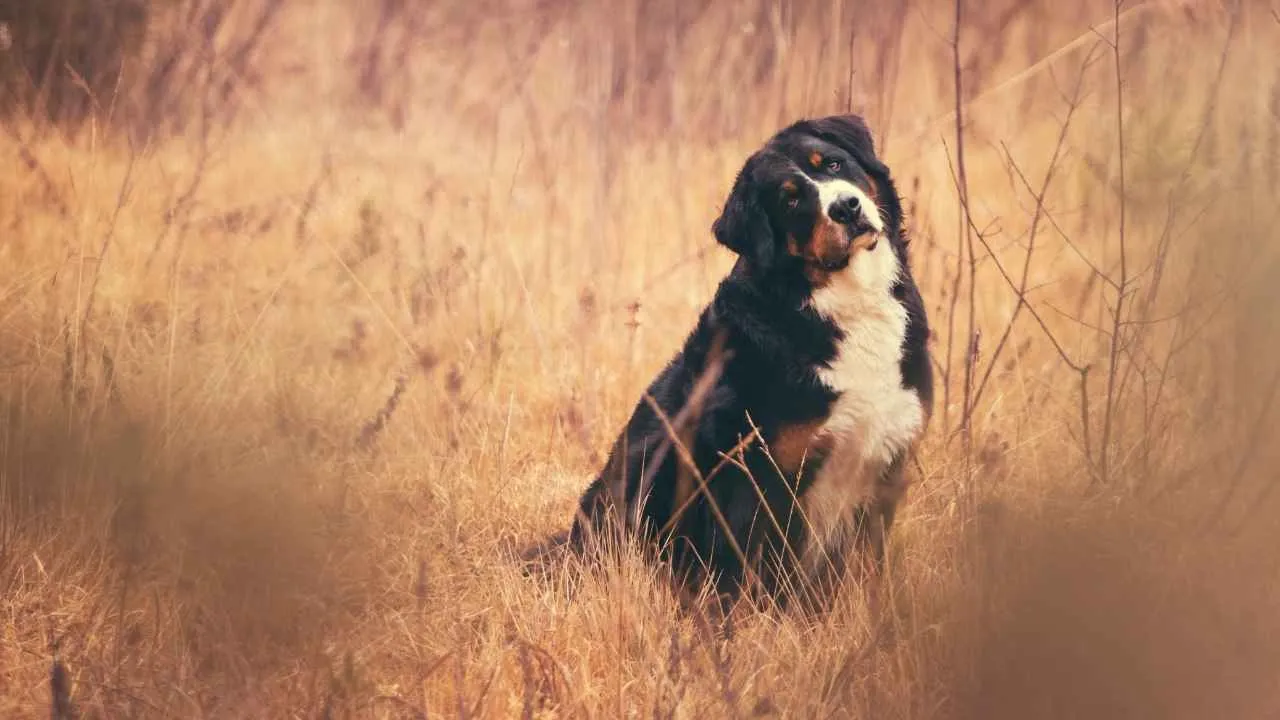
Also known as the Berner, the Bernese Mountain Dog is a large, sturdy working breed that hails from the Swiss Alps. Introduced over 2,000 years ago by Roman invaders, these dogs were originally used for cart-pulling, cattle driving, and farm guarding.
Today, they are beloved family pets thanks to their calm temperament and affectionate nature. AKC says the Bernese Mountain Dog is a large and sturdy working breed that can stand over 27 inches tall at the shoulder.
Berners are easily recognized by their striking tri-colored coat—jet black with rust and white markings—and their expressive, soulful eyes. They belong to the Working Group and have a relatively short lifespan of 7 to 10 years.
Despite their size, Berners are among the quieter dog breeds. They are known to be gentle, slow to react, and less prone to barking unnecessarily. Their presence alone is often enough to deter intruders, making them ideal watchdogs for families with children.
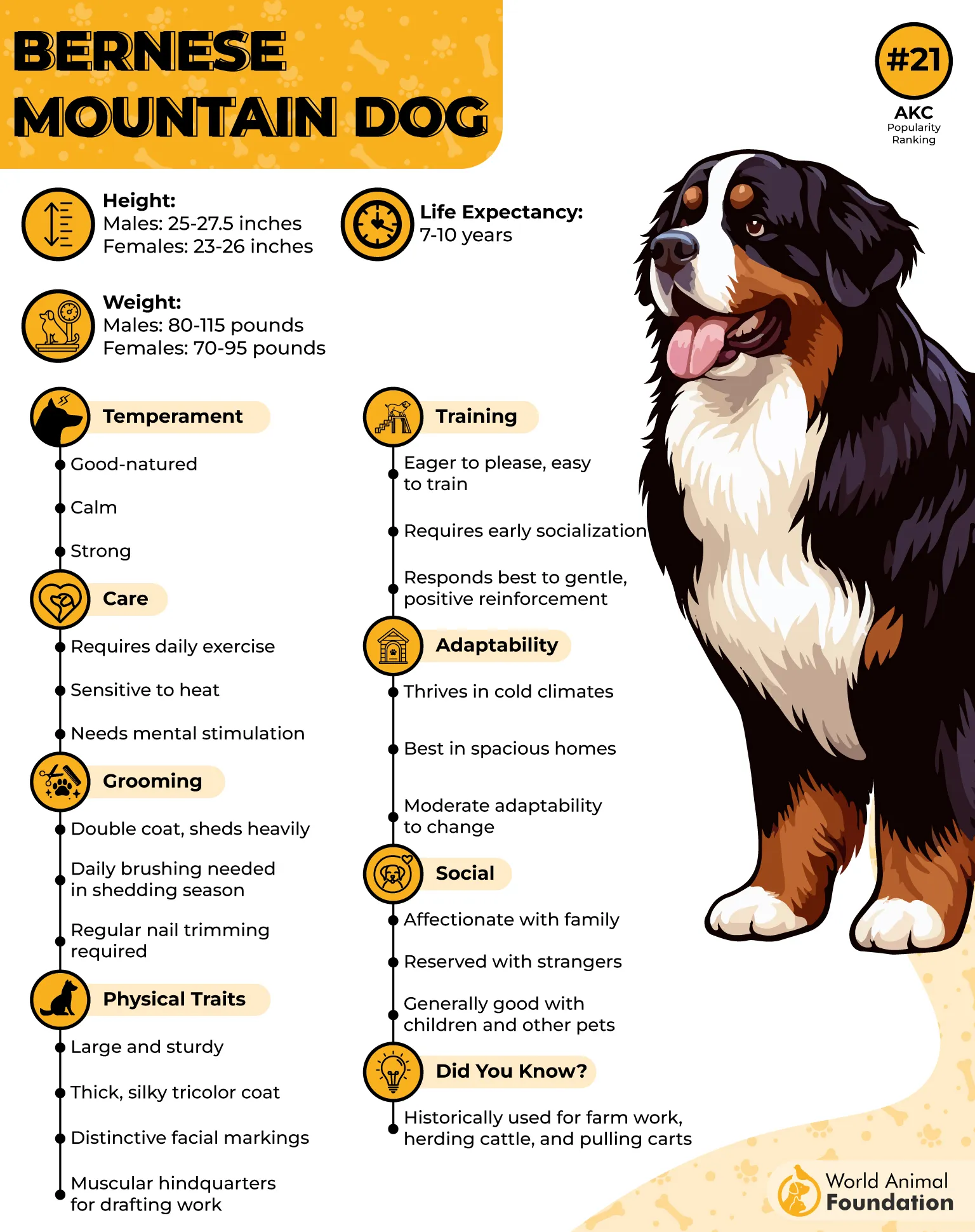
Ideal Owner
The perfect match for a Bernese Mountain Dog is a homebody with ample indoor and outdoor space. This breed suits someone who enjoys regular grooming, prefers a relaxed lifestyle, and doesn’t mind a little drool. Their affectionate yet low-energy demeanor makes them wonderful companions for kids and peaceful homes.
Did you know? Bernese Mountain Dogs are known for their heroism, like Nico, a California Berner who once saved two people from a rip current.
2. Shiba Inu
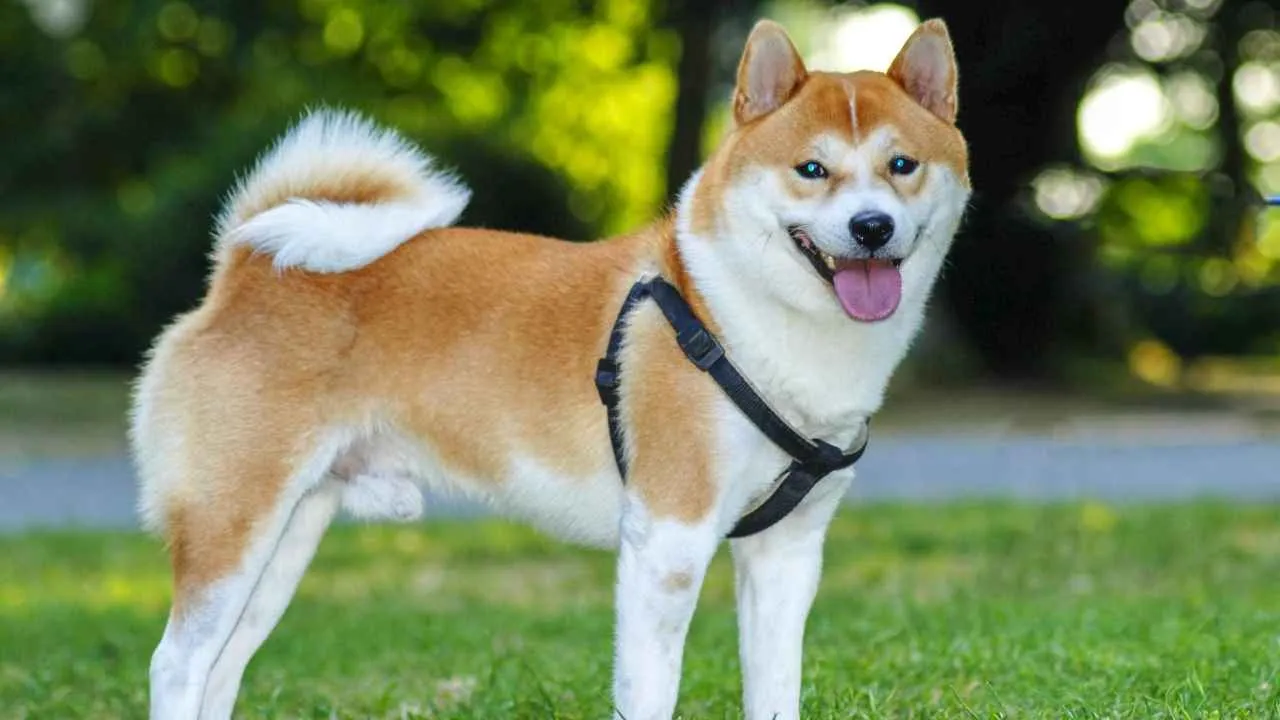
Originating in Japan and also known simply as the “Shiba,” this compact and agile breed is one of the oldest and most beloved spitz-type dogs. Shiba Inus typically stand between 13.5 to 16.5 inches tall and weigh around 17 to 23 pounds.
They belong to the Non-Sporting Group and have a lifespan of 13 to 16 years. PetMD says this Japanese dog has a pointed muzzle and upright ears, giving it an appearance similar to a fox. Though small in size, their personality is anything but—brimming with confidence and self-assurance.
These dogs have a curled tail and a plush double coat that comes in shades like red, sesame, and black and tan. Shibas are often stoic and reserved, yet their loyalty to family is steadfast. Despite being naturally quiet, they are known for the infamous “Shiba scream”—a high-pitched vocalization they may emit when extremely anxious or displeased.
With proper obedience training, their tendency toward territorial behavior and stress-based vocalizations can be minimized. Their independence and intelligence make them both endearing and, at times, challenging.
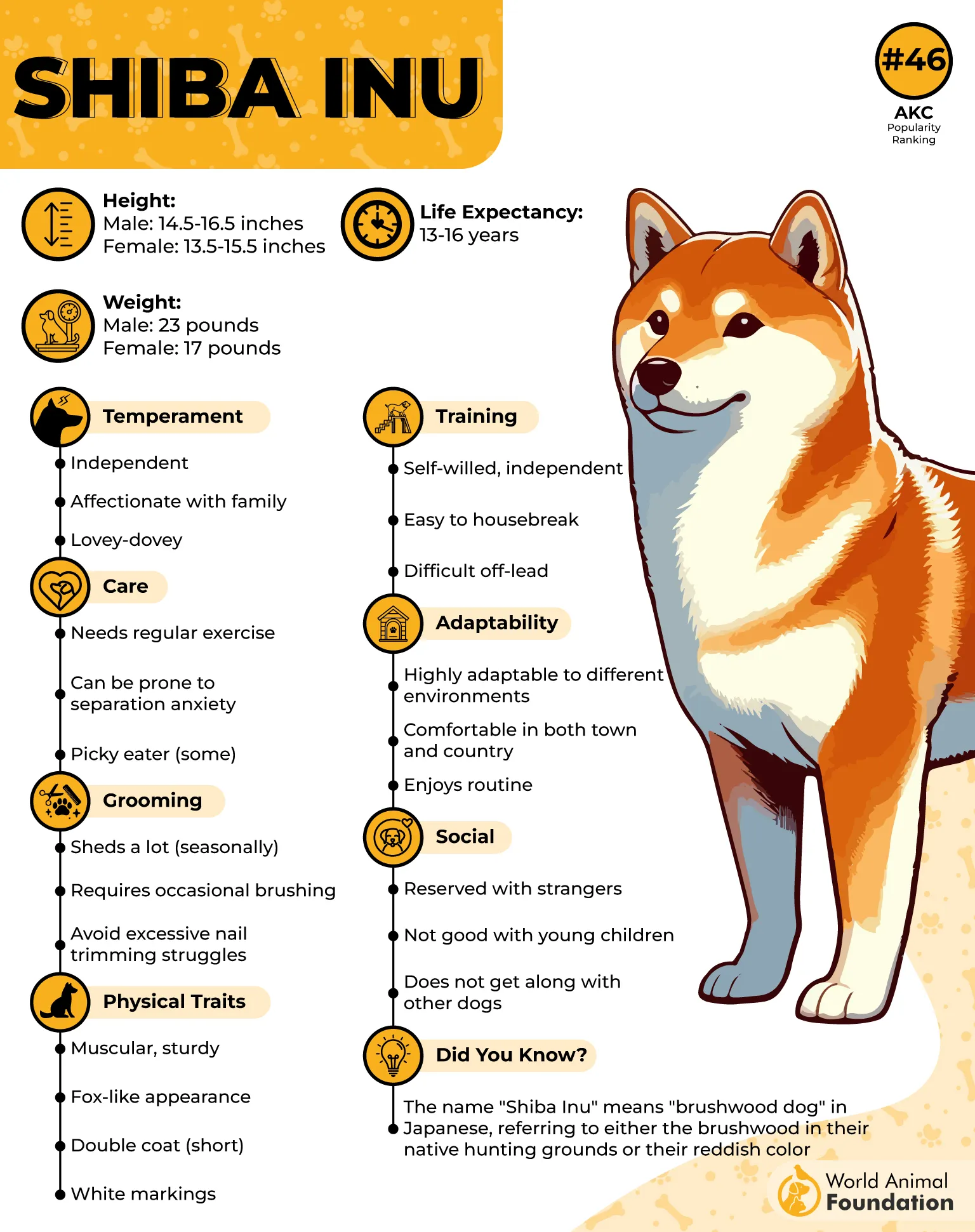
Ideal Owner
Shiba Inus thrive with experienced, hands-on dog owners who understand their need for physical and mental stimulation. Households with older children who respect boundaries will find the Shiba a rewarding companion. This breed isn’t ideal for first-time pet parents or homes lacking daily structure and engagement.
Fun Fact: The Shiba Inu was the breed behind Kabosu, the beloved “Doge” meme that inspired Dogecoin.
3. Newfoundland
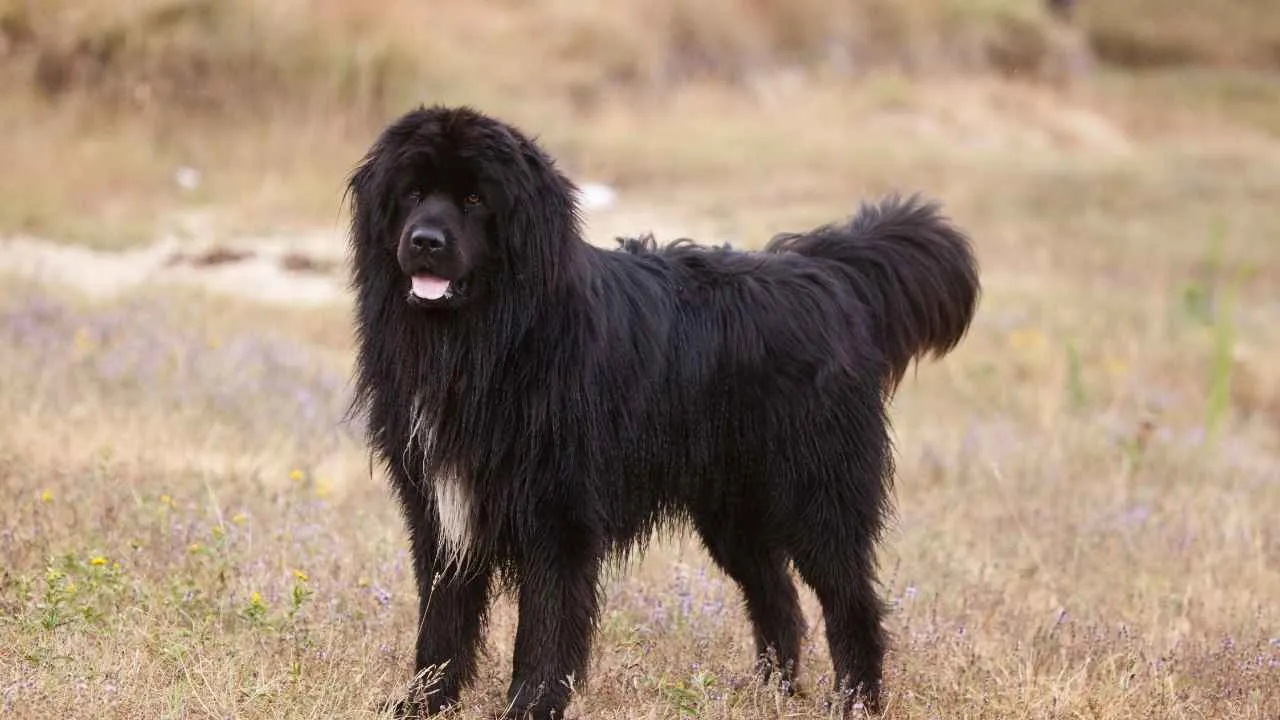
The Newfoundland, often affectionately called the Newfie or Nanny Dog, is a giant working breed originally developed on Newfoundland Island, Canada. Likely descended from local dogs and the Great Pyrenees brought by Basque fishermen in the 1600s, Newfoundlands have a storied history as rescue dogs, draft animals, and loyal companions.
Males typically stand 28 inches tall and weigh up to 150 pounds, while females range from 100 to 120 pounds. WebMD says Newfoundland dogs are gentle in nature, making them excellent companions for children.
With their massive, powerful build, soulful eyes, and water-resistant double coat—which comes in black, brown, gray, or the black-and-white “Landseer” variety—they are both majestic and endearing.
Calm yet alert, they belong to the Working Group and boast a life span of 9–10 years. Their strength and size are matched by their famously sweet temperament, making them ideal family dogs, especially for households with children.
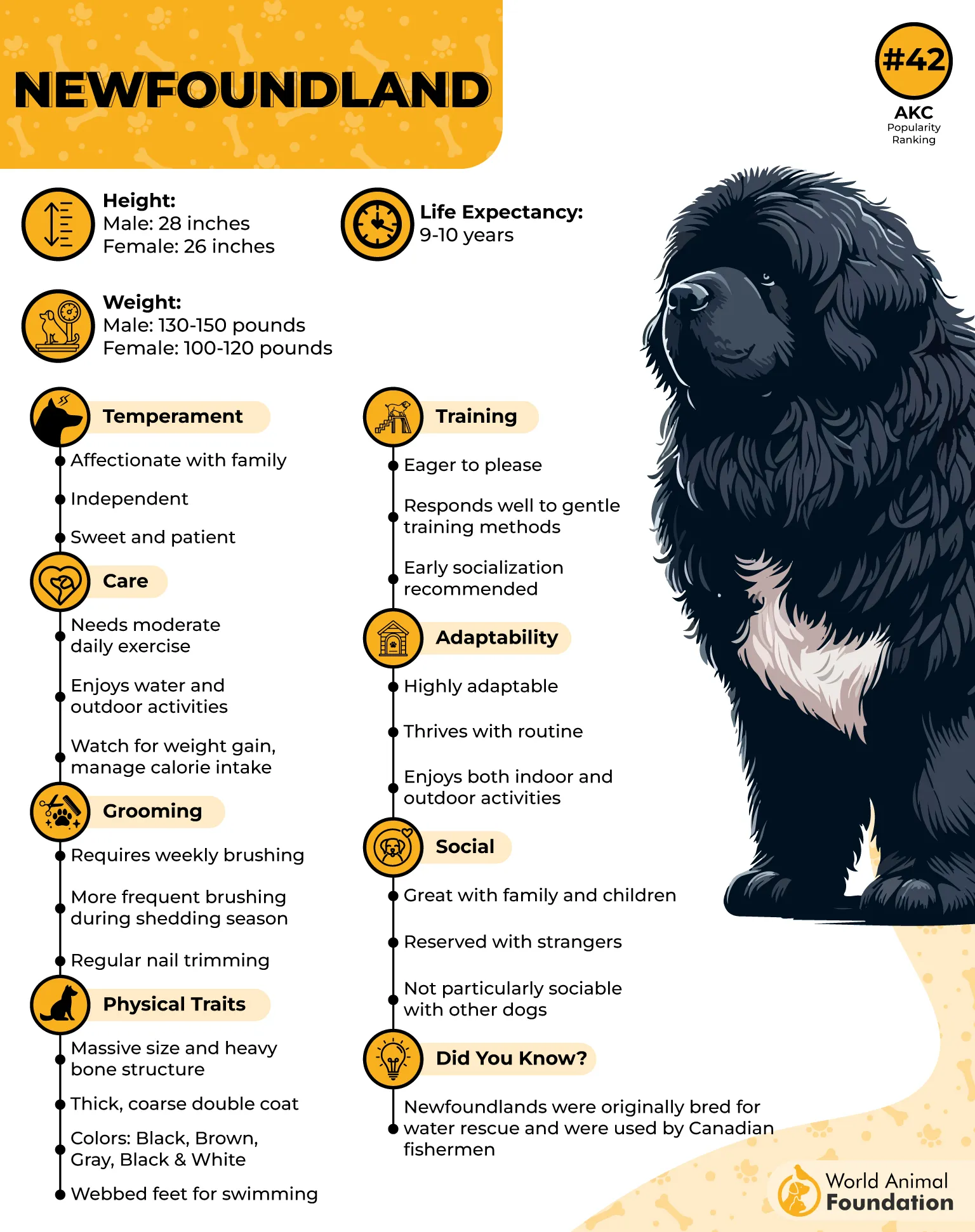
Ideal Owner
Newfoundlands thrive in homes where they aren’t left alone for long stretches. They’re best suited to families with space to accommodate their size, and with owners who can commit to regular grooming and moderate exercise.
Ideal companions are stay-at-home parents, hybrid workers, or anyone with a flexible lifestyle who can provide constant companionship and gentle training. Because they are incredibly people-oriented, a Newfie left isolated may develop separation anxiety.
Fun Fact: In 1815, a Newfoundland reportedly saved Napoleon Bonaparte from drowning during his escape from Elba Island.
4. Saint Bernard
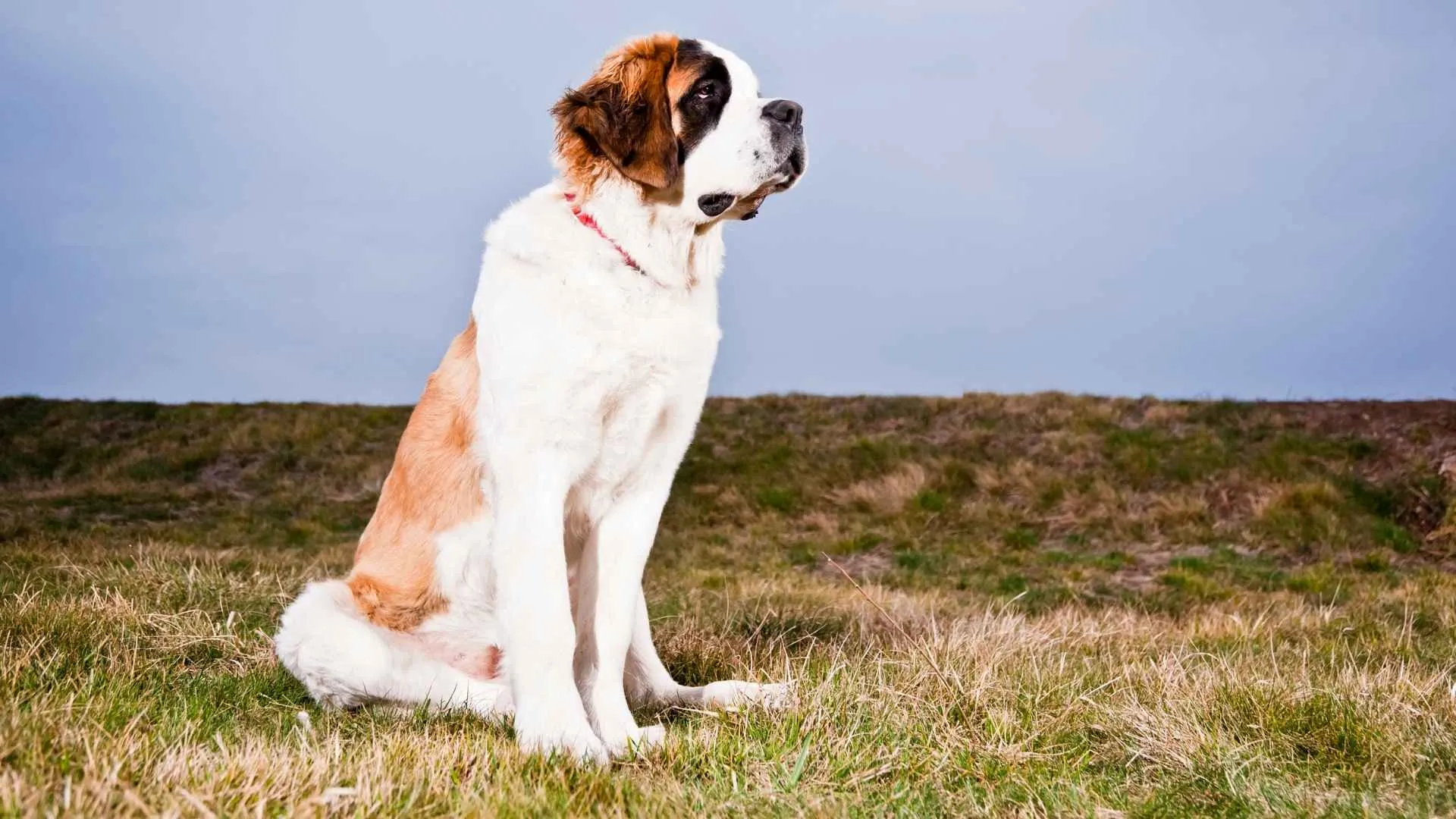
A legendary working breed from the snowy Swiss Alps, the Saint Bernard has earned its reputation as a gentle giant. Bred by monks in the 16th and 17th centuries for guarding and rescuing travelers in the treacherous St. Bernard mountain passes, this powerful dog likely descends from ancient Roman Molossus war dogs.
Today, their serene presence and watchful demeanor make them beloved family protectors. Weighing between 120–180 pounds and standing up to 30 inches tall, these dogs are unmistakable with their expressive eyes, massive heads, and thick coats.
Though imposing, these excellent guard dogs are famously affectionate, patient, and surprisingly quiet, reserving their deep bark for true alerts or to nudge their humans for attention.
While they do drool and require space to stretch out, they’re not high-energy barkers. Their calm temperament, protective instincts, and minimal vocalization make them a rare combination of cuddly companion and steadfast guard dog.
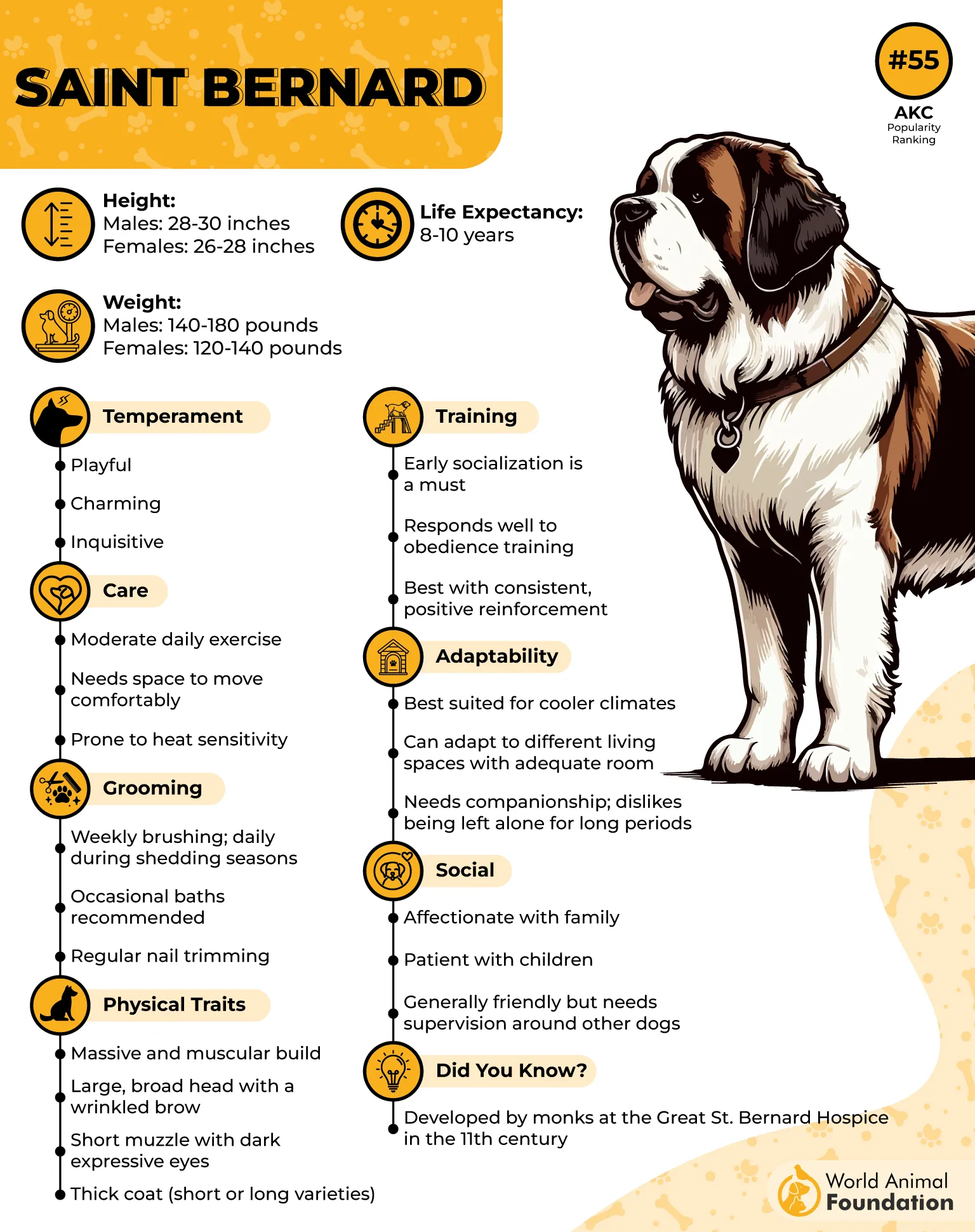
Ideal Owner
The ideal home for a Saint Bernard is one with ample indoor space and a family-oriented lifestyle. These dogs thrive when surrounded by children and adults who are often home, making them well-suited for stay-at-home parents or those with flexible schedules.
Early training and socialization are essential due to their large size, but their eager-to-please attitude makes this manageable, even for first-time large dog owners committed to consistency.
Fun Fact: The breed’s nickname “Barryhund” honors the famous Saint Bernard, Barry, who reportedly saved around 40 lives during his service at the Great St. Bernard Hospice.
5. Greyhound
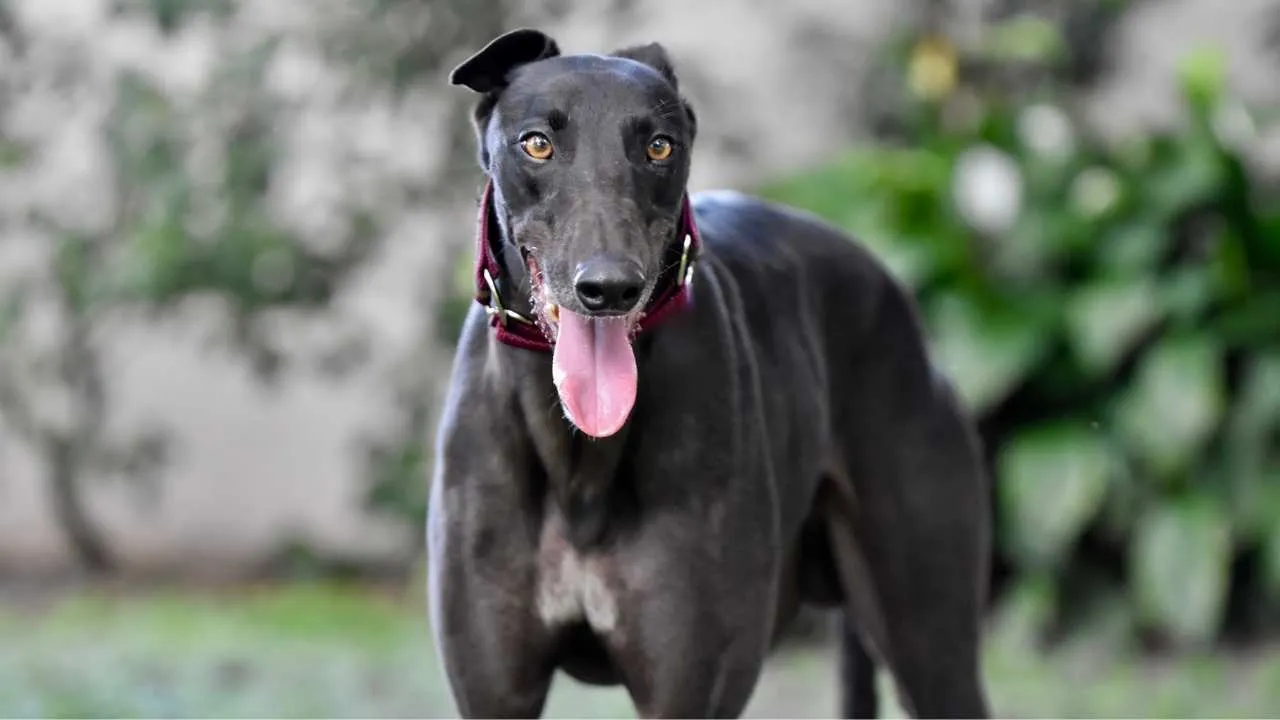
One of the oldest and most revered dog breeds, the Greyhound traces its roots back to ancient Egypt, where it was long associated with royalty and even appears in early tombs and literature. Known for its slender, streamlined frame and elegant build, this sighthound stands tall—between 27 to 30 inches—and weighs around 60 to 70 pounds.
Despite its fame as the fastest dog in the world, capable of hitting speeds up to 45 mph, the Greyhound is surprisingly docile and calm at home. With a short, smooth coat that comes in many colors, a narrow head, long limbs, and a deep chest, this breed was built for speed, but lives for naps.
Greyhounds are gentle, independent, and affectionate dogs who rarely bark without reason. Their quiet nature makes them ideal companions for families seeking a peaceful home life.
Though they can pick up barking habits from other dogs, with consistent mental and physical stimulation—and a bit of training—they’re more likely to be found snoozing than sounding the alarm.
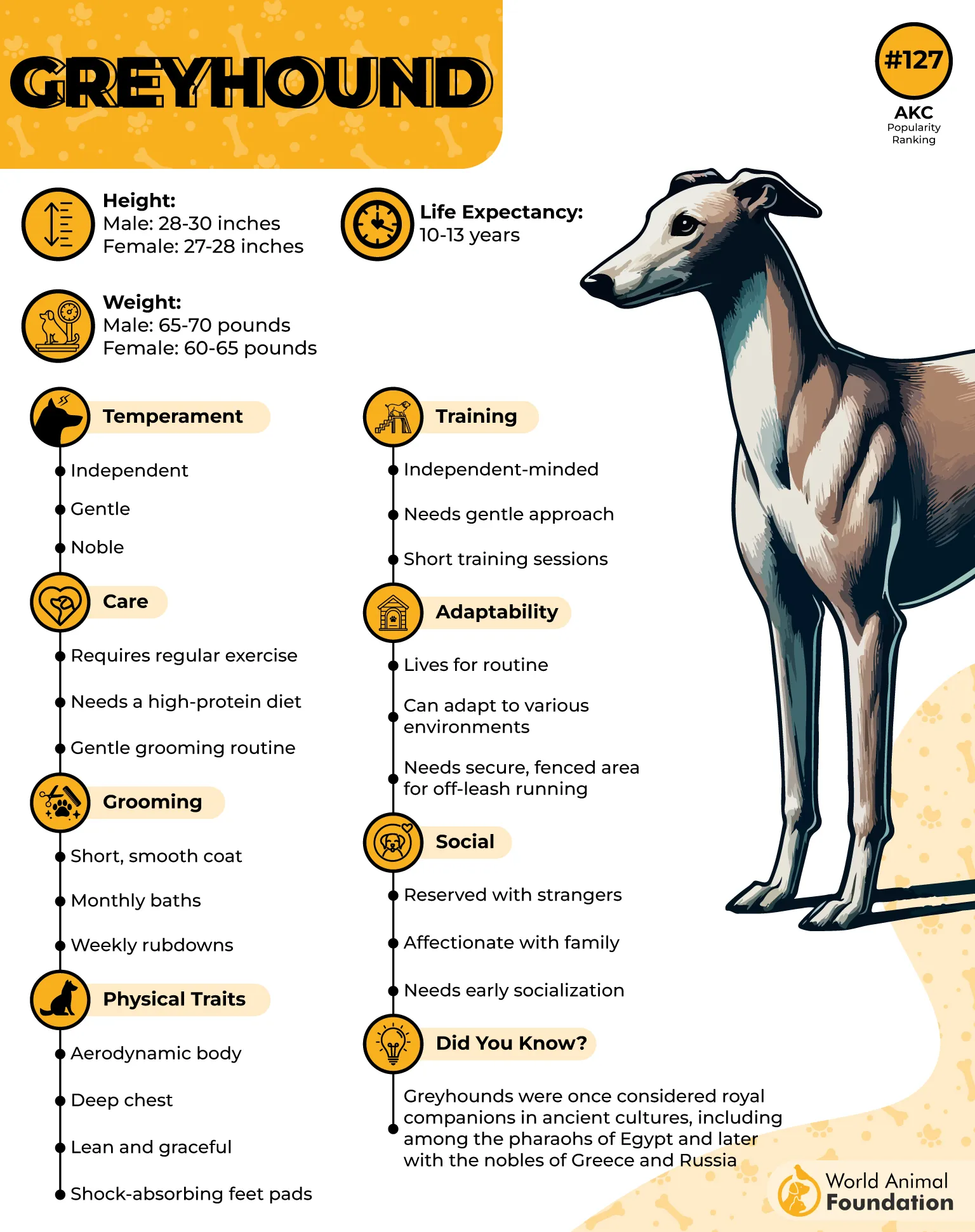
Ideal Owner
Greyhounds thrive with families that lead a relaxed lifestyle in a quiet household. They do well with kids who are taught to treat pets respectfully and benefit from owners who offer calm leadership and patient training techniques.
Fun Fact: Greyhounds were possibly the first European dogs to arrive in the Americas, sailing with Christopher Columbus in 1493.
6. Mastiff
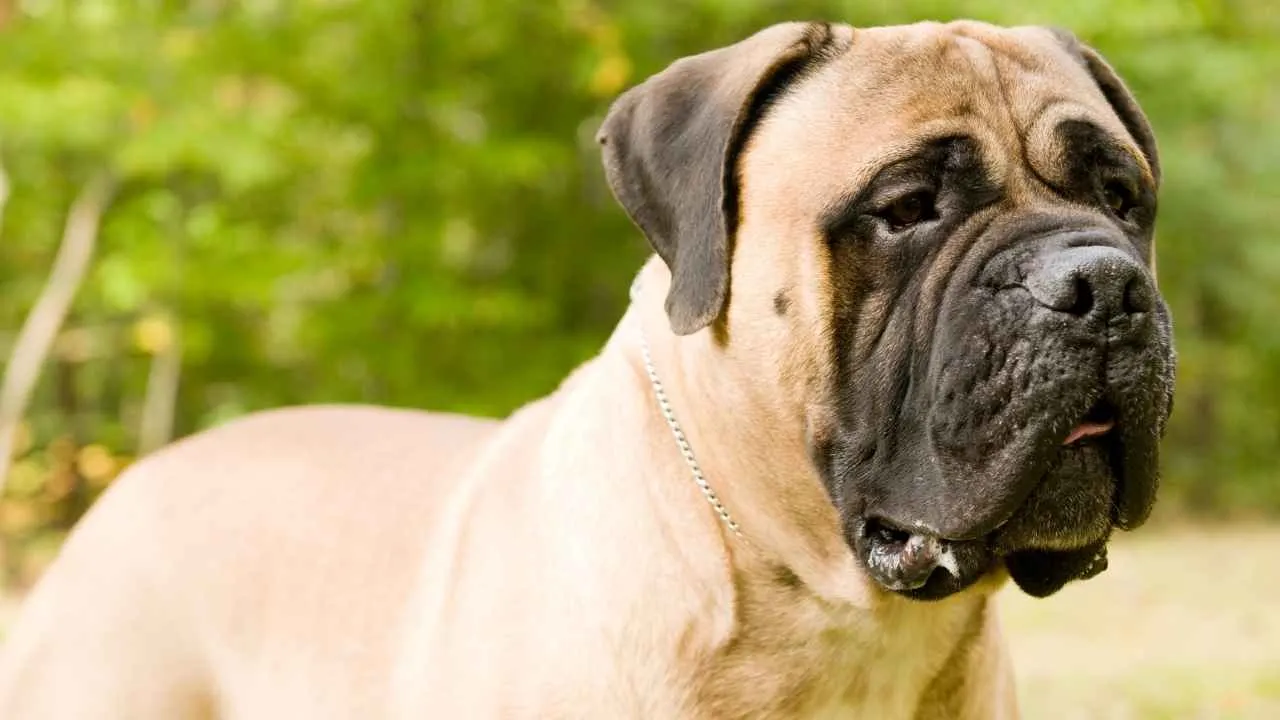
Dating back to ancient civilizations as early as 3000 BCE, the Mastiff—often referred to as the English Mastiff—is a legendary giant in both size and history. This working breed, originally used in England for guarding and battle, boasts an imposing yet dignified presence.
Towering at a minimum of 27.5 inches (with males often exceeding 30 inches) and weighing anywhere from 120 to 230 pounds, Mastiffs are among the heaviest canine breeds. Their muscular, rectangular frame is paired with a short double coat in fawn, apricot, or brindle, and a signature black-masked face.
Despite their formidable appearance, Mastiffs are calm, composed, and famously quiet. Their bark—deep and resonant—is typically limited to a strategic one- or two-bark greeting. They’re not prone to excessive noise; instead, their sheer size and confident stillness are usually enough to dissuade threats.

Ideal Owner
This breed typically thrives with experienced dog owners or families willing to invest in professional training. Their strength and protective instincts require confident, consistent guidance. They do best in spacious homes with calm environments, especially with pet parents who understand the responsibilities of owning a giant breed.
Fun Fact: In 1989, an English Mastiff named Zorba earned a world record by weighing a staggering 343 pounds!
7. Akita
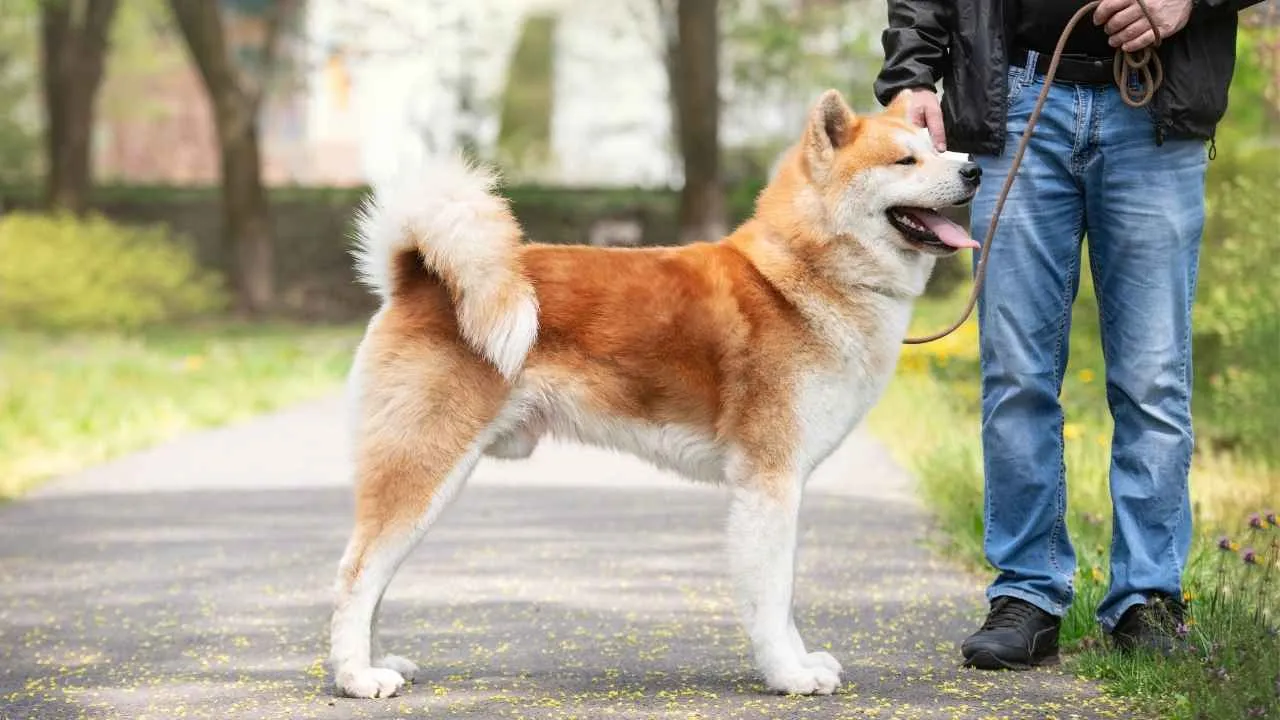
Originating from the mountainous regions of northern Japan, the Akita is a robust working breed once used by the Japanese elite for guarding and hunting. With a dignified, bear-like face and a strong, muscular build, Akitas stand about 24–28 inches tall and weigh between 70–130 pounds.
Their broad head, erect triangular ears, and plumed tail curled over the back are distinct visual trademarks. Coated in colors ranging from all-white to brindle and pinto—with most sporting a bold face mask—Akitas are both visually striking and physically formidable. They typically live 10–14 years and belong to the Working Group.
Despite their size and presence, these loving family pets are not overly vocal. These hunting dogs are generally quiet, often choosing to remain silent unless they sense a genuine threat.
While they can emit a deep bark or even a howl when necessary, their instinct is to observe first and react only when warranted. Early socialization plays a key role in helping Akitas remain composed and calm around strangers, especially in family settings.
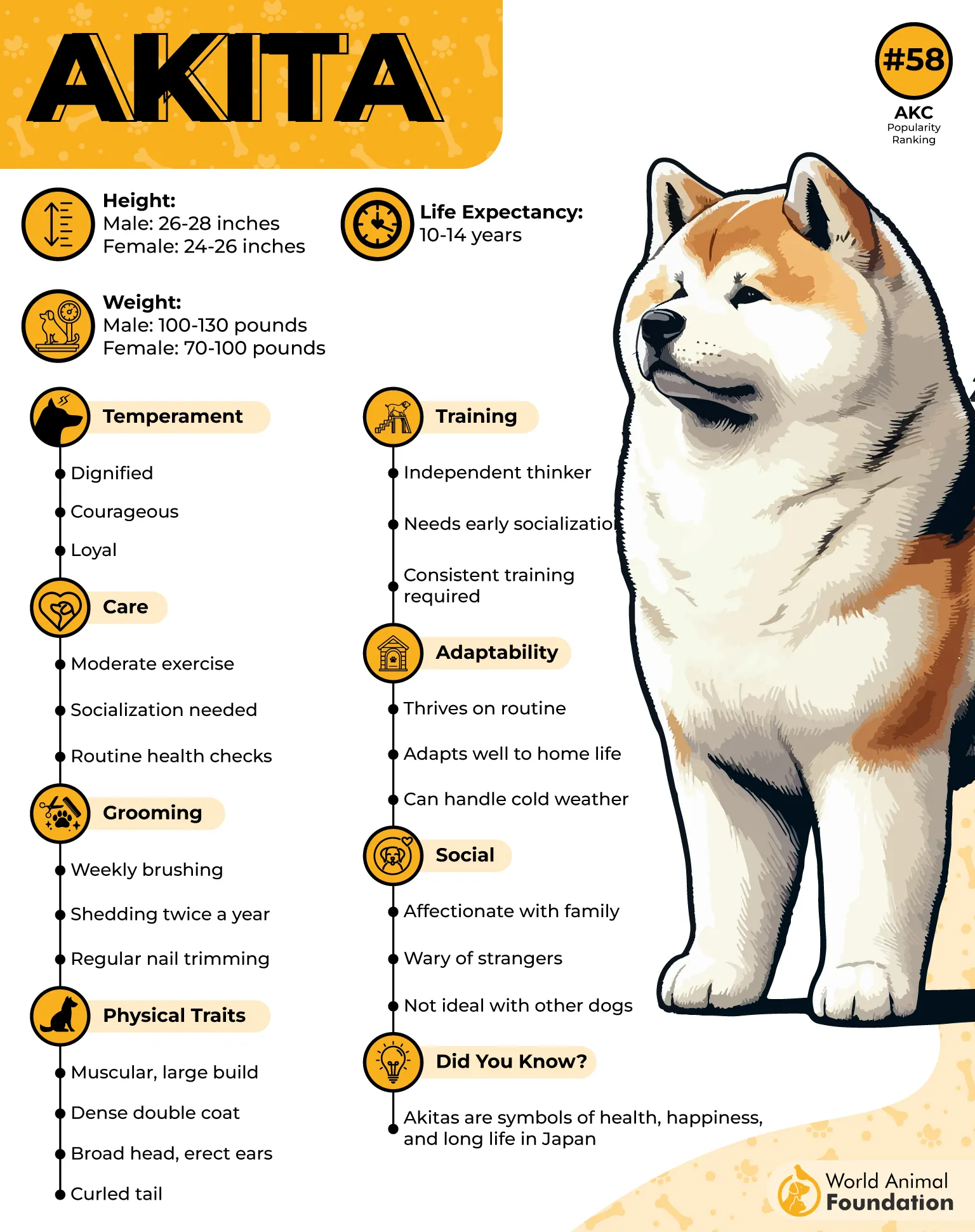
Ideal Owner
The ideal home for an Akita is one with experienced dog owners who can establish consistent rules and boundaries. Due to their strong protective instincts and independent streak, they’re best suited for families with older children and without other dogs of the same sex.
Owners should be confident, calm, and ready to provide proper socialization and positive reinforcement obedience training from an early age to manage the Akita’s natural guard dog tendencies.
Fun Fact: The world-famous Akita named Hachikō became a symbol of unwavering loyalty after waiting at a train station every day for nine years for his deceased owner to return.
Conclusion
Choosing the right balance between safety and serenity can be challenging, but some terrific guard dogs prove it’s possible. A protective guard dog doesn’t have to be loud to keep watch—many breeds are typically quiet breeds while still being reliable defenders.
These dogs thrive in a stable family environment, protecting kids, other pets, and the home without unnecessary noise. Even the American Kennel Club recognizes several options that pair strong instincts with calm dispositions, avoiding the constant loud bark that can disturb daily life.
Whether you’re welcoming a puppy alongside your children or looking for a mature furry breed, the goal is to find a companion who fits seamlessly into your home. Some may be gentle giants, while others might seem like clumsy dogs at first, but with the right care from the dog’s parents, they’ll mature into loyal protectors. The key is to choose a breed that guards with quiet confidence, offering peace of mind without sacrificing harmony.


